Kett's Oak
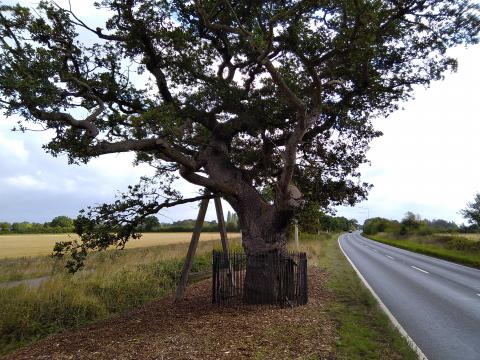
Would I miss it? Would I find somewhere to park? In the summer I drove from Norwich to Wymondham trying to find Kett’s Oak. This is an ancient tree planted by the main road, close by the village of Hethersett. It is the place where nine ‘rebels’ were hanged in August 1549 for the parts played in Robert Kett’s ‘rebellion’. This was a popular uprising on account of the nobles' and gentry’s enclosure of common lands. Common land was owned by the whole community, and the poor could graze their animals on it without fee. In the sixteenth-century, the wealthy enclosed them with fencing, declaring them private land. The poor were denied pasture, and became all the poorer. Robert Kett rose up against this ‘landlordism’, seeking reform and redress. Tudor governments had little understanding of common people, nor of compromise, so they sent a royal army and slaughtered them. Kett was hanged at Norwich Castle, below.

His brother William from the tower of Wymondham Church:
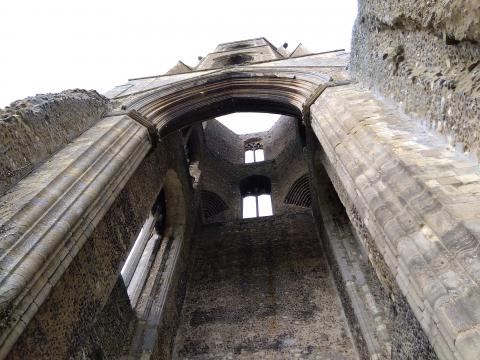
This is the site of St Leonard’s chapel, close by which Kett dispensed justice at his Oak of Reformation (another tree, long gone):
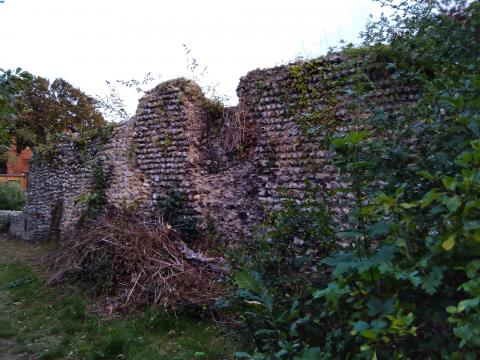
This is Bishop Bridge, where the rebels crossed the river to take Norwich:
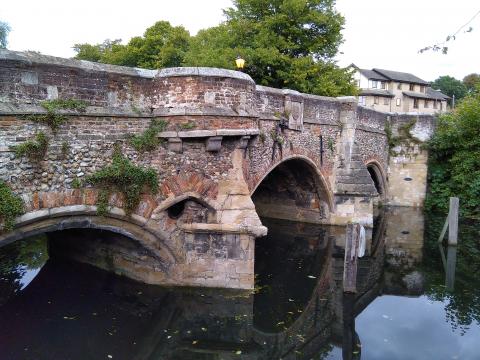
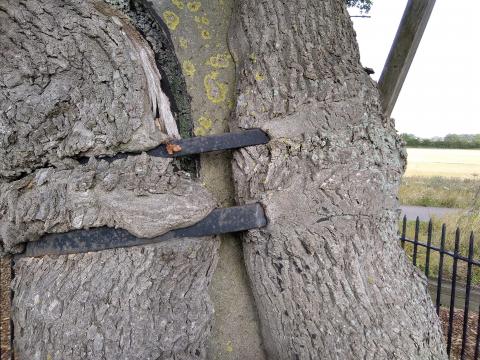
Many confuse the two oaks, they think the old tree by the road is the Oak of Reformation, that symbol of justice and equity. In fact, it’s a surviving symbol of domination and vengeance. The tree by which Kett administered his mass following and planned his operation, is gone, lost to the soil and rain. The Ketts sought a justice for the working people; instead they received furious retribution from an angry and terrified royal government. For seeking the equity of one oak, they were hanged on the other. The Kett brothers’ claims were sincere and the peasants' grievances justified. Sadly, the rich and powerful won the argument, as they always do and always shall. Until, that is, the King of kings returns and establishes His just rule on the earth.
The Bible speaks of the Tree of Life- that wonderful centrepiece of Eden's splendour. At the Fall, our parents were expelled from its presence, denied its lush fruit. Our sinful natures could no longer enjoy its purity and life-giving elixir. We hear of it not again until the Bible's conclusion, where, in the New Jerusalem, the Tree of Life is once more made accessible to mankind. Until then, the only tree of theological pedigree we may behold is the rugged cross of Calvary. Its rough beams and cruel construction speak of the horrors Christ endured for our justification. But unlike Kett's Oak, on which the rebels themselves hung, Calvary witnessed the death of the divine Logos, the very One against whom we rebelled. We live in an unjust world, and many seek a fairness they know ought to exist. This injustice will not disappear until Christ returns. Until then, if you seek the utopian Tree of Life, first call by accursed tree of Calvary.
Before the LORD; for he cometh to judge the earth: with righteousness shall he judge the world, and the people with equity. Psalm 98:9
Blessed are those who do His commandments, that they may have the right to the tree of life, and may enter through the gates into the city. Rev. 22:14
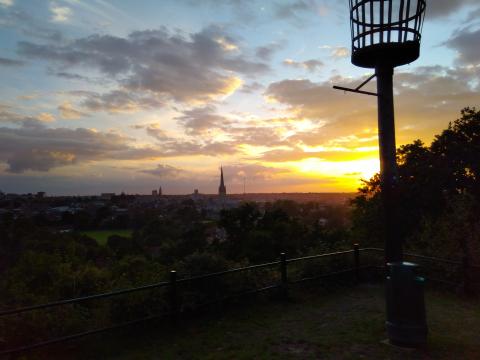
Kett's Hill, Norwich.
- Log in to post comments


 Sunday Worship 10.45am & 6.00pm
Sunday Worship 10.45am & 6.00pm